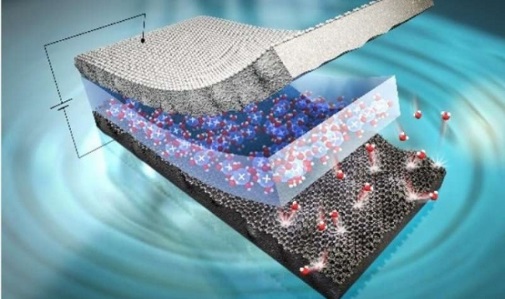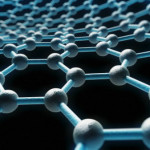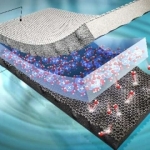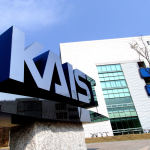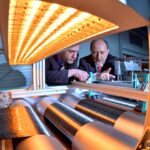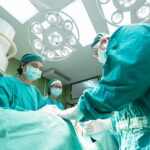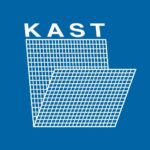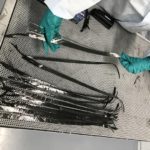Scientist have discovered a way to create more durable artificial muscles using a newly-developed electrode composed of a single-atom-thick layer of carbon called graphene.
Ionic polymer metal composites (IPMCs), or artificial muscles, change in size or shape when exposed to electric fields and could be extremely useful in the fields of robotics and prosthetics, the Korea Advanced Institute of Science and Technology (KAIST) reported.
IPMC “motors”, or actuators, are created from a molecular membrane that is stretched between two metal electrodes. When an electric field is applied to this actuator it causes a redistribution of ions that causes the structure to bend. These incredible structures are known for their minuscule power consumption and ability to mimic motions seen in the natural world.
Despite the obvious advantages of these devices, they also come with a number of challenging disadvantages. One of these roadblocks is that cracks can form on the metal electrodes due to constant exposure to air and electric charges, causing ions to leak through the electrodes and majorly reduce performance. Researchers are now working to improve the durability of IPMC actuators in a cost-effective way.
In order to accomplish this, the researchers developed a thin electrode based on an ionic polymer-graphene composition (IPGC), which has useful electrical and thermal properties. These new electrodes repels water and does not appear to crack; they also boast a rough inner surface that allows the migration of ions within the membrane to cause bending.
“The new IPGC actuator demonstrates exceptional durability without apparent degradation, even under very high input voltage. It shows promise for use in biomedical devices, ‘biomimetic’ robots that mimic movements occurring in nature, and flexible soft electronics“, KAIST reported in a statement.
The researchers plan to continue working on these actuators in 2015, and hope to develop a biomimetic robot that walk and even jump on water. This would be accomplished using floatable IPGC actuators that mimic the movements of water striders.
The findings were published in a recent edition of the journal ACS Nano.
Didascalia foto 2: L’impiego del grafene per la realizzazione di elettrodi migliora la tenuta nel tempo delle strutture a membrana polimerica conosciute con il nome di muscoli artificiali. I primi robot sperimentali saranno realizzati entro l’anno.


